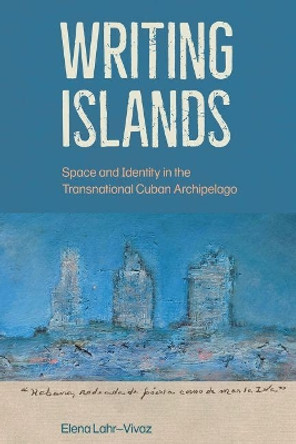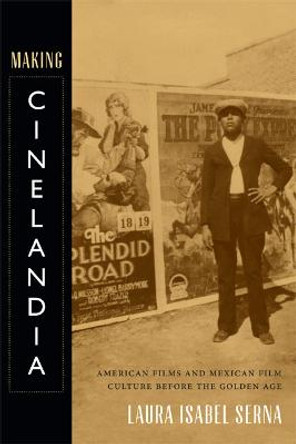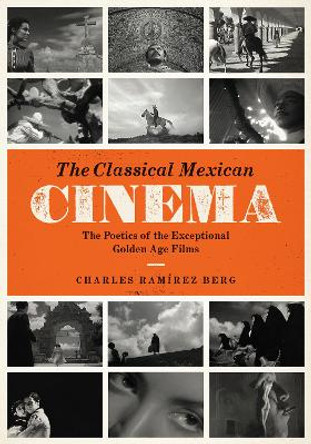Description
Mexico's Golden Age of film-the period from the 1930s to the 1950s-is considered "golden" due both to the prestige of the era's stars and to the critical and popular success of the films released. Golden Age directors often turned to the tropes of melodrama and allegory to offer spectators an image of an idealized Mexico and to spur the formation of a spectatorship united through shared tears and laughter. In contrast, Lahr-Vivaz demonstrates that new-wave directors of the 1990s and 2000s use the melodramatic mode to present a vision of fragmentation and to open a space for critical resistance. In so doing, new-wave directors highlight the limitations rather than the possibilities of a unified spectatorship, and point to the need for spectators to assume a critical stance in the face of the exigencies of the present.
Written in an accessible style, Mexican Melodrama offers a timely comparative analysis of critically acclaimed films that will serve as key referents in discussions of Mexican cinema for years to come.
About the Author
Elena Lahr-Vivaz is an assistant professor at Rutgers University-Newark,specializing in Latin American literature and film.
Reviews
"This is an ambitious and wide-ranging approach that is intelligently rendered in a clearly written style. [...] It should prove a useful introduction to the melodrama in Mexican film-a mode that the author convincingly asserts recurs throughout Mexican cinematic history-for all readers interested in learning more about this area, and provides new readings of Golden Age and New Wave film-making." - Bulletin of Spanish Visual Studies, 2.2
Book Information
ISBN 9780816532513
Author Elena Lahr-Vivaz
Format Hardback
Page Count 224
Imprint University of Arizona Press
Publisher University of Arizona Press
Weight(grams) 463g
Dimensions(mm) 231mm * 154mm * 22mm






